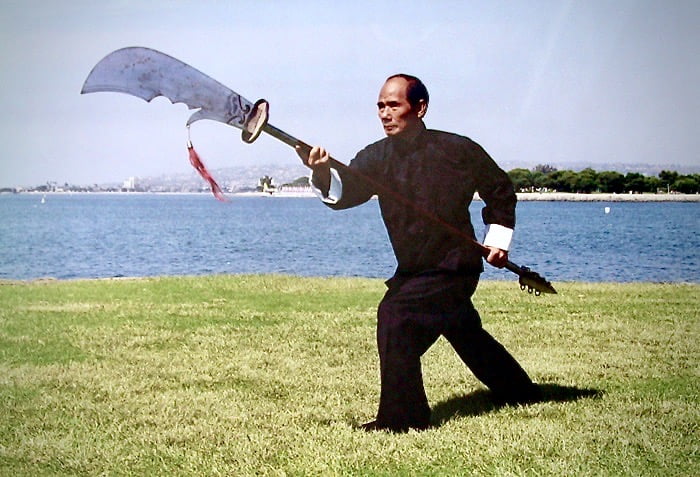The White Dragon School Blog

Relationship Titles in the Traditional Kung Fu and Tai Chi School
The term “kuen” (kune) is a Cantonese word which means “fist” and usually refers to a particular fighting style of kung fu. For example, Choy Li Fut Kuen means “Choy Li Fut Fist” and Wing Chun Kuen means “Wing Chun Fist”. The word “gar” (ga) translates to “family”. For instance, Hung Gar Kuen translates to “Hung Family Fist”.
This is key to understanding the traditional hierarchical and teaching structure within a kung fu or tai chi school. This arrangement is familial in nature, that is to say, it is based on traditional family roles. This goes back in time where kung fu and tai chi were taught almost exclusively to members within a family, clan, or village. The early organization of these schools was also strongly influenced by the Confucian virtue of “filial piety”, which places a high value on respect for one’s parents, elders, and ancestors.
Inside these traditional schools, the head instructor was a father figure and senior students became “big brothers” and “big sisters.” The Sifu would teach the senior students and the senior students would, in turn, teach the newer students and beginners. This family style order placed a very high value on lineage and the ability to trace the line of transmission from one generation to the next.
As times changed, and as kung fu and tai chi began to be taught more broadly to the public, many of these schools adopted sash or belt ranking systems. Borrowed from the military, this style of ranking system changed the hierarchical structure. A ranking system was not only a practical method to display seniority and credibility, it was also a means to quantify someone’s skill or ability within a system.
Today, it is common to see schools that utilize a hybrid model that combines the use of family relationship titles and hierarchy that uses rank. These schools aim to take the benefits of each model and place high value on both seniority and ability.
Here’s a list of a few of the most common family titles within a traditional kung fu or tai chi school.
Sifu: teaching father, (If the teacher is a woman, she still uses the masculine term “Sifu”)
Shifu: Mandarin term for Sifu
Lo-si: Cantonese term for teacher
Si-mo: Sifu’s wife or kung fu mother
Si-jeong: the husband of a female sifu
Si-gung: Your teacher’s teacher
Si-bak: Elder kung fu brother of your sifu (older kung fu uncle)
Si-suk: Junior kung fu brother of your sifu (younger kung fu uncle)
Si-hing: Older kung fu brother
Dai-si-hing: Eldest kung fu brother
Si-dai: Junior kung fu brother (one who started after you regardless of how old they are)
Si-jie: Older kung fu sister
Si-mui: Junior kung fu sister (one who started after you regardless of how old they are)
The use of traditional familial titles has useful applications even in the modern kung fu and tai chi schools of today. Although not the norm anymore, the use of these terms can help to teach respect and humility to new and existing students. They can aid in the organization, teaching, and other important work within a school.
So whether your school uses family titles, a ranking structure, or a hybrid model, the goal is essentially the same. Afterall, learning to show respect and humility are timeless practices.



















3 Comments
Interesting and informative read. Thank you!
Great shot too!
Thanks for you positive feedback!
Great article! These titles are what make Kung Fu and Tai Chi schools unique in the world of martial arts. Thanks for sharing.